Hybrid cars have gone from being niche to nearly mainstream. They promise incredible fuel savings, quieter rides, and a smoother bridge between gas and electric power. But while owning a hybrid can be rewarding, it is not always as simple or as magical as the marketing suggests. There are quirks, costs, and tradeoffs many first time owners only discover after they have signed on the dotted line. If you are on the verge of buying one, here are 15 things that drivers often wish they had known before diving in.
Cold Weather Can Hit Fuel Economy Hard
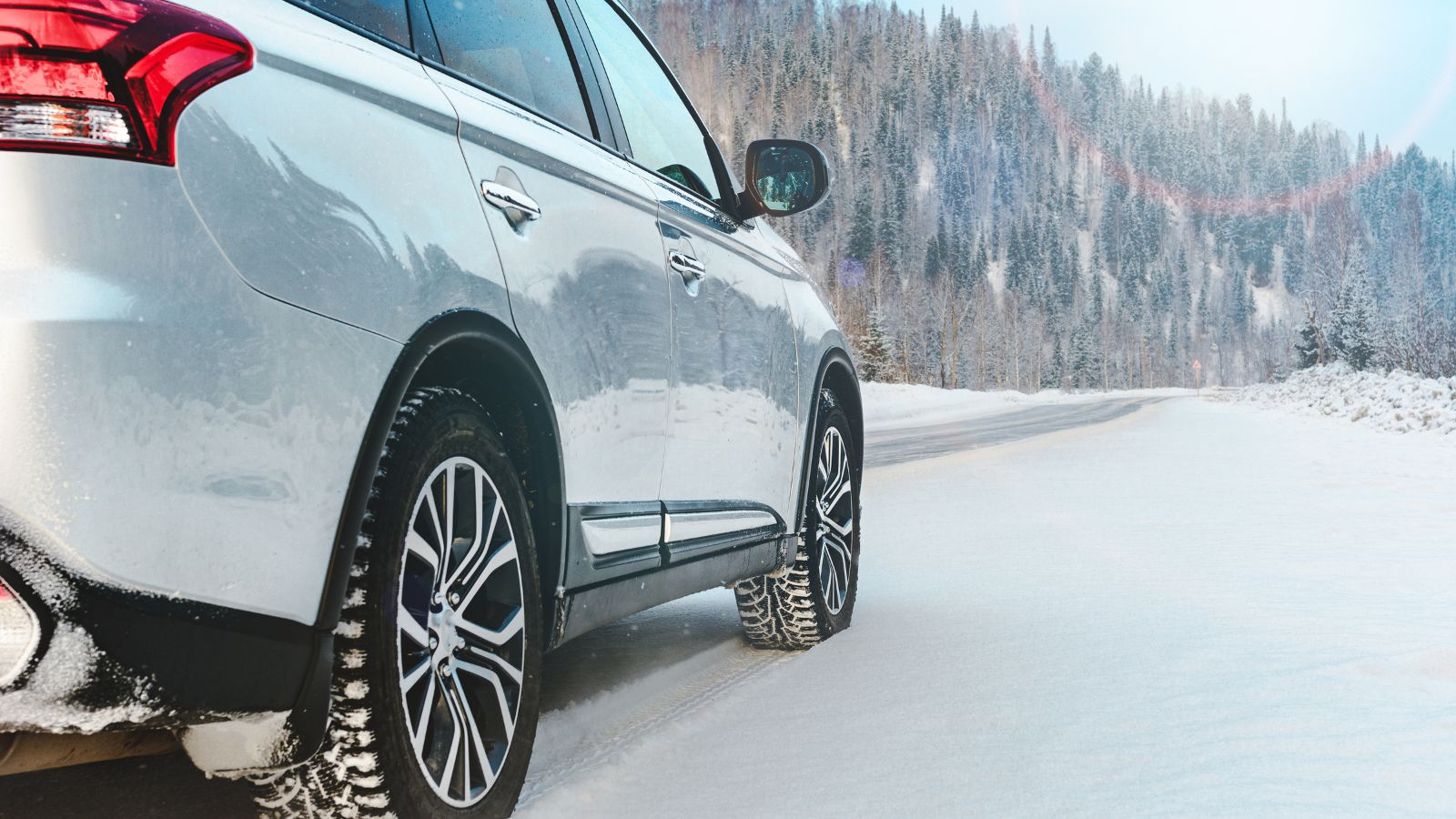
Your shiny new hybrid might boast impressive fuel economy numbers, but when winter rolls in, those numbers may take a nosedive. Cold temperatures reduce battery efficiency and keep the gas engine running longer to heat the cabin and fluids. Hybrids thrive on stop and go city driving with a warm engine and battery. If you live in a colder climate like much of Canada, expect lower mileage until spring shows up.
Highway Driving Is Not Their Strong Suit

Many people assume a hybrid will be fuel efficient anywhere, but the truth is they work best in urban traffic. On the highway, the electric motor barely kicks in, and the gas engine does most of the work. That means the fuel savings are less dramatic on long drives. If your daily routine includes mostly highway travel, a hybrid may not give you the benefits you expect. In fact, a small gas car could sometimes do better at a steady 70 miles per hour.
Regenerative Braking Feels Different
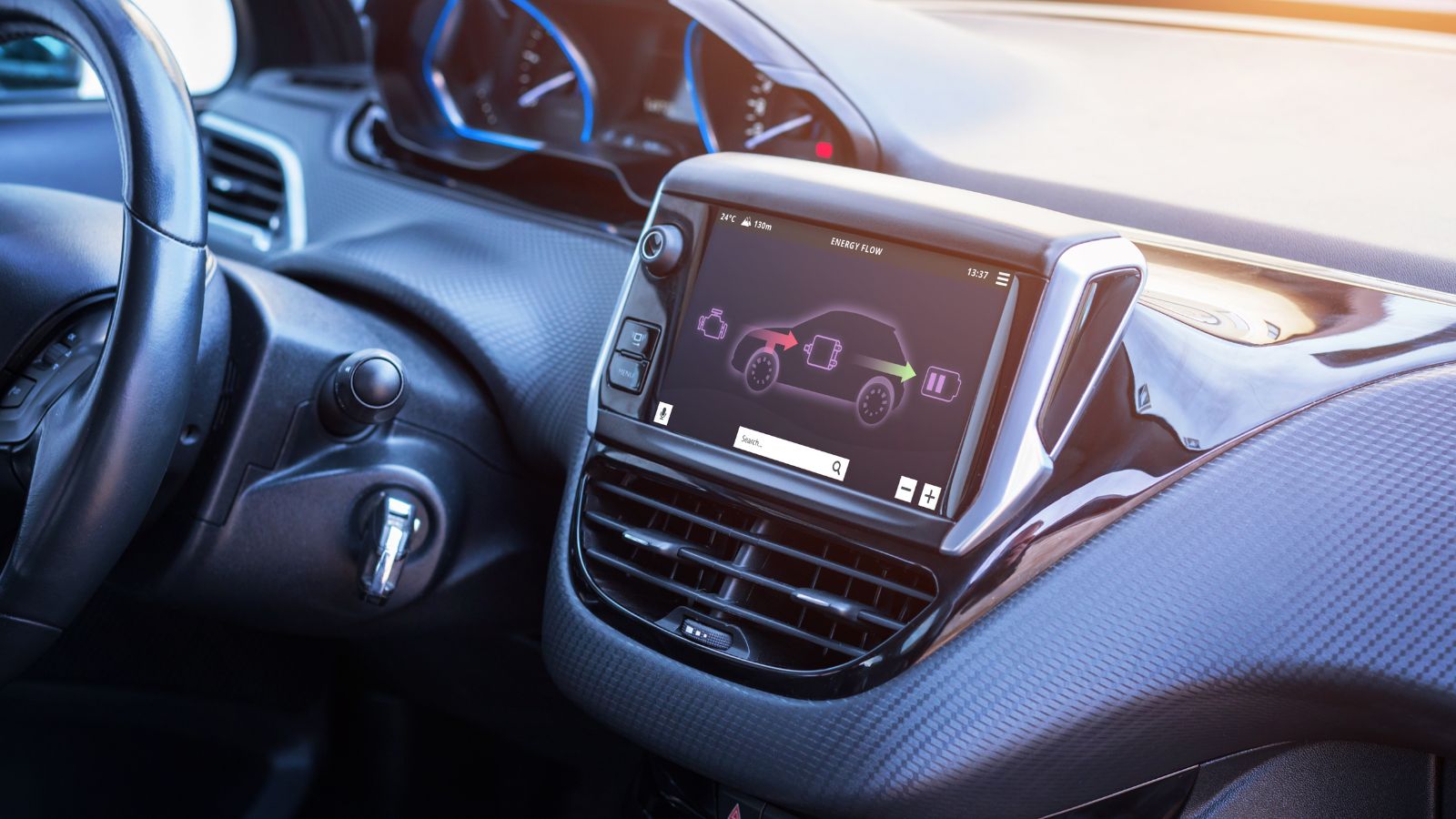
If you have never driven a hybrid before, your first time hitting the brakes might catch you off guard. Regenerative braking uses the electric motor to slow the car and recharge the battery. The feel of the brake pedal can be soft, inconsistent, or slightly grabby compared to what you are used to. It is not dangerous, but it takes getting used to. For people who value predictable pedal feel, especially in stop start traffic, this is a noticeable change.
Battery Replacements Are Pricey

Hybrid batteries are generally reliable and can last over 150,000 miles or more. But if one fails outside of warranty, be ready for a big repair bill. Replacement batteries can cost thousands of dollars depending on the car. While many hybrids are designed with battery longevity in mind, anyone buying used should ask if the battery has ever been replaced, and double check if it is still under warranty. Otherwise, a great deal can quickly become an expensive regret.
Not All Mechanics Are Trained to Fix Them
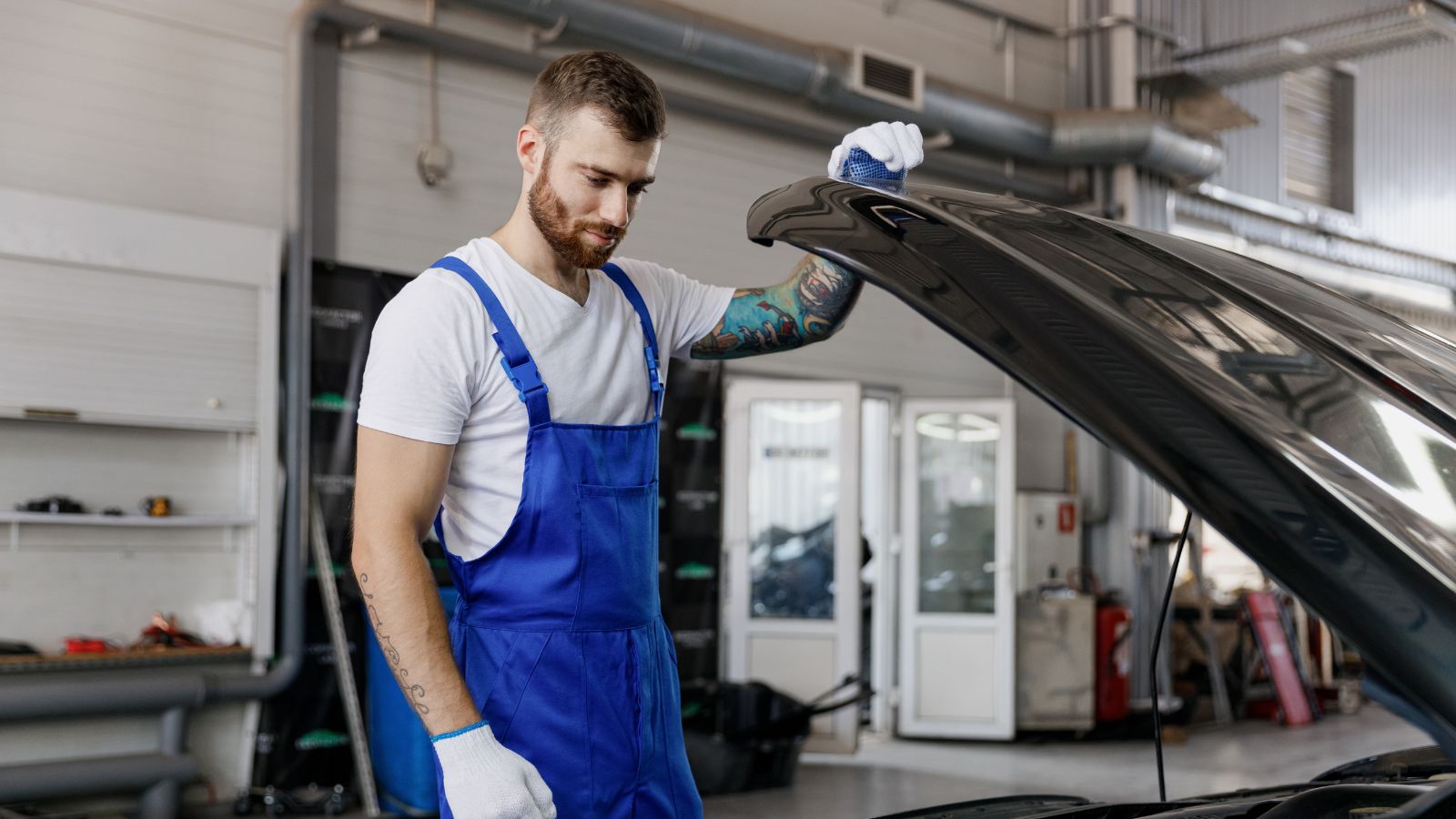
Unlike regular cars, hybrids have complex electrical systems that can intimidate even experienced mechanics. Some garages will not touch hybrid repairs at all, especially those involving the high voltage systems. That often leaves you with only one real option, which is the dealership. This can mean longer wait times and higher prices. Make sure you have access to qualified repair shops in your area before you commit.
Towing Capabilities Are Limited
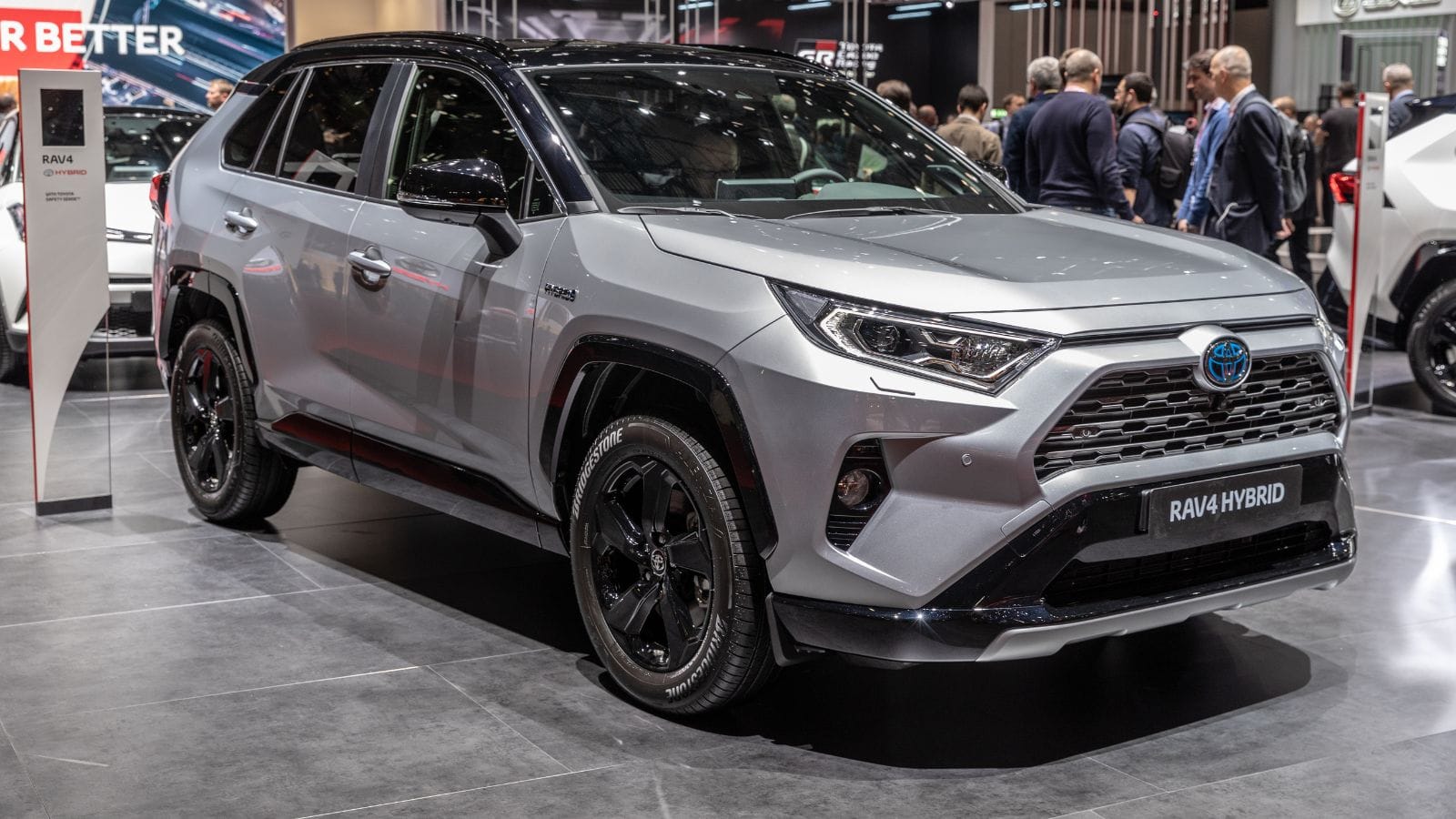
Planning to pull a small trailer or haul gear for weekend getaways? Check the towing specs closely. Many hybrids are not rated for towing at all, and others offer extremely low limits. The weight of the battery pack eats into payload capacity, and the drivetrains are often tuned for economy, not strength. Even midsize hybrid SUVs can struggle when asked to do truck like tasks. If towing is part of your lifestyle, a hybrid might not cut it.
Smaller Trunks and Lost Spare Tires
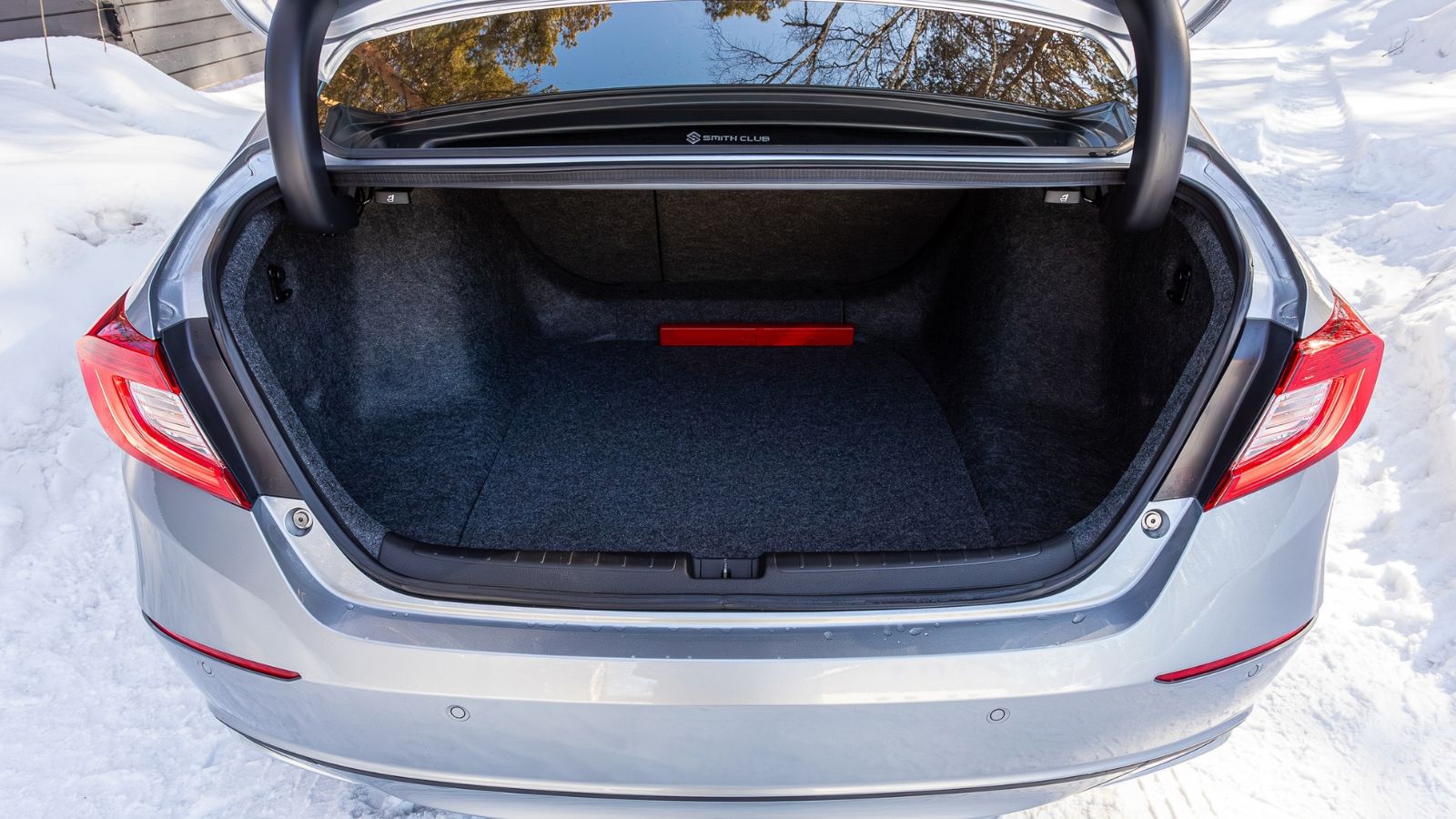
To make room for the hybrid battery, many manufacturers place it under the rear seats or in the trunk. That often means reduced cargo space and sometimes no room left for a spare tire. Some hybrids come with tire repair kits instead, which are not much help in the middle of nowhere. Always lift the trunk floor and check what you are getting. Losing space and the security of a spare is not something you want to find out after a flat.
Specialized Tires Wear Quickly

To help boost mileage, many hybrids come with low rolling resistance tires. While they do help with fuel economy, they also tend to wear out faster and cost more to replace. These tires can also be noisier and offer less grip, especially in wet or snowy conditions. You can always switch to standard tires, but expect a small hit to your efficiency numbers if you do. Either way, plan for tire replacement sooner than you might expect.
Driving Them Can Become a Game

This is something no one warns you about. Most hybrids come with displays that track your efficiency, and before you know it, you are obsessed. You start accelerating like a monk, coasting down hills, and judging every red light like a mini competition. It is oddly satisfying, but it can change your driving style in ways you did not expect. You might start annoying your passengers with your hyper efficient approach to driving through the city.
Maintenance Still Matters
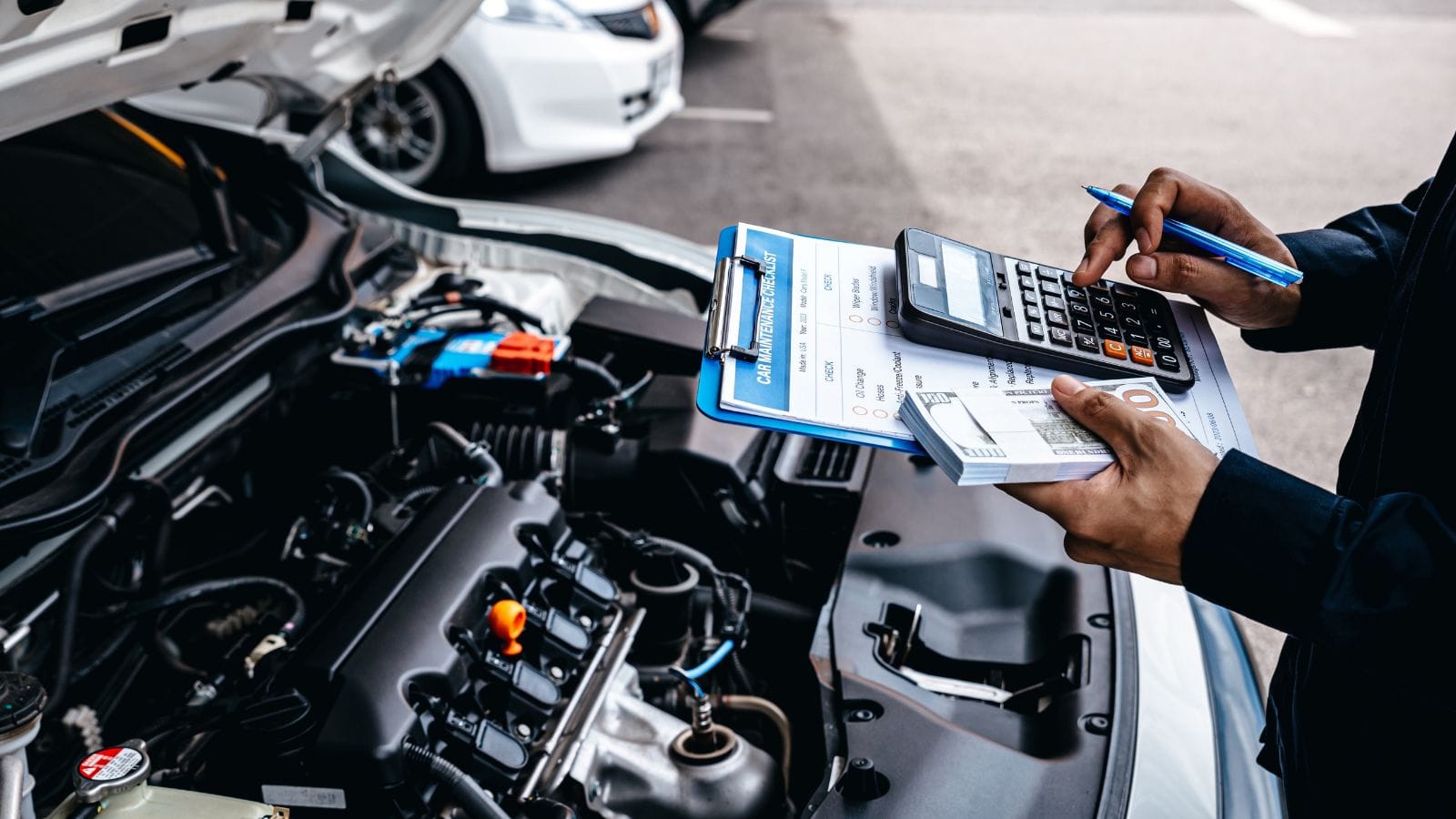
One of the biggest misconceptions about hybrids is that they are low maintenance. While it is true that regenerative braking reduces brake wear and the gas engine may run less often, you still have regular maintenance to think about. Oil changes, coolant checks, air filter replacements, and other scheduled services still apply. Skipping them can lead to more trouble down the line. A hybrid is not a set it and forget it machine.
Battery Cooling Systems Need Love Too
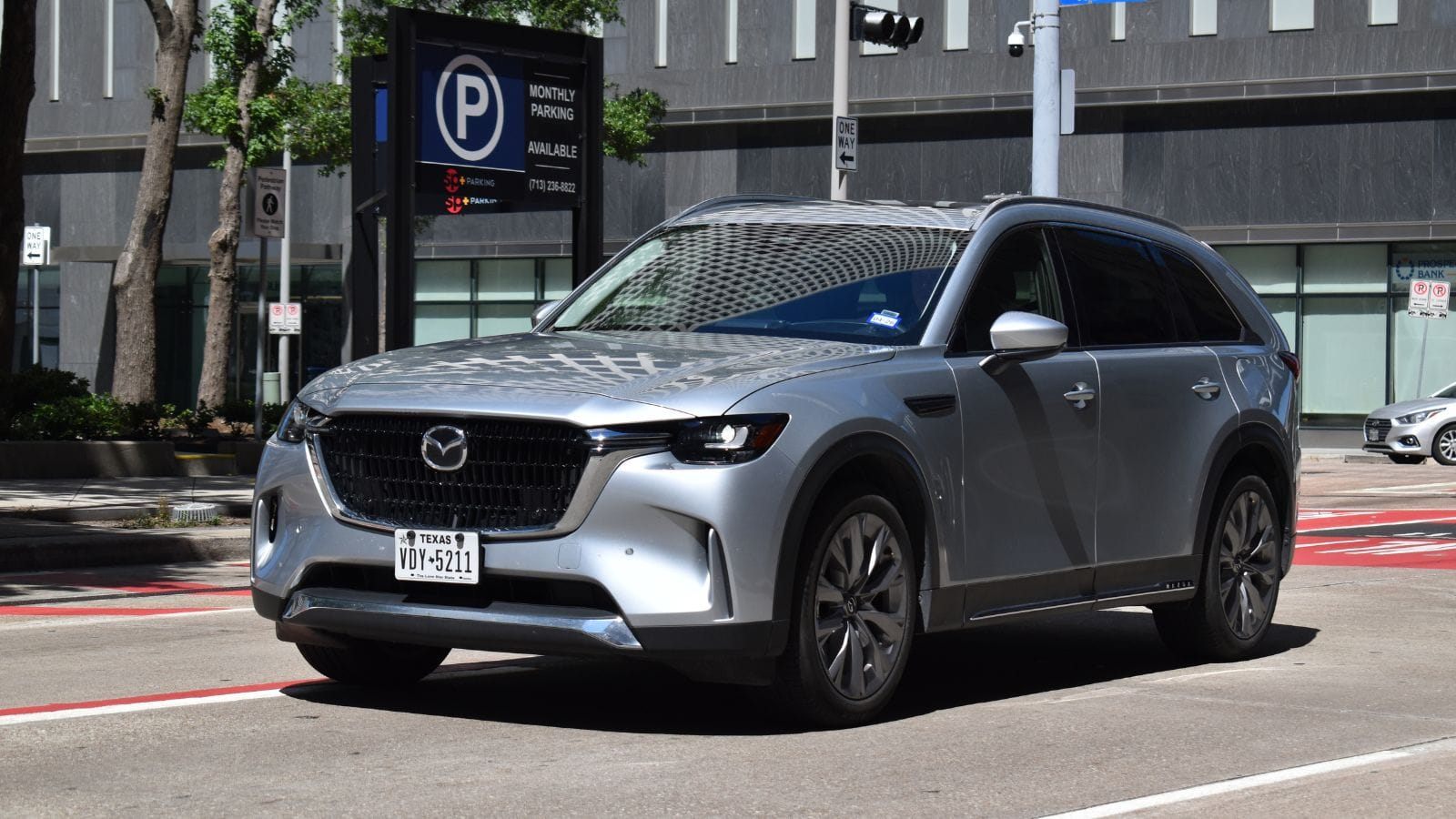
Hybrids rely on temperature controlled battery packs, and these systems include fans, ducts, and sometimes liquid cooling. Over time, dust, pet hair, or debris can clog the vents, reducing airflow and increasing battery temperature. If ignored, this can shorten the life of your battery. Some systems even pull air from the cabin, meaning cleanliness inside your car can impact the health of your hybrid battery. That is not something most people think about when buying a car.
Silence Is Not Always Golden

When you drive a hybrid for the first time, the silence is striking. Pulling away in electric mode feels eerie at first. For some people, it is calming. For others, it is a bit unnerving. If you grew up loving the sound of a rumbling engine or associate acceleration with a rising exhaust note, you might find hybrids strangely uninvolving. Some newer models fake engine noise through the speakers, but it is not quite the same.
Hybrid Types Vary More Than You Think

There are mild hybrids, full hybrids, plug in hybrids, and range extenders, and they all behave differently. Some use electric motors only to help the gas engine. Others can drive short distances entirely on electric power. Plug ins need to be charged daily to be worth it. A surprising number of buyers are not fully aware of the differences. Always understand exactly how your hybrid works so you can use it properly and get the most out of it.
Insurance Might Be More Expensive
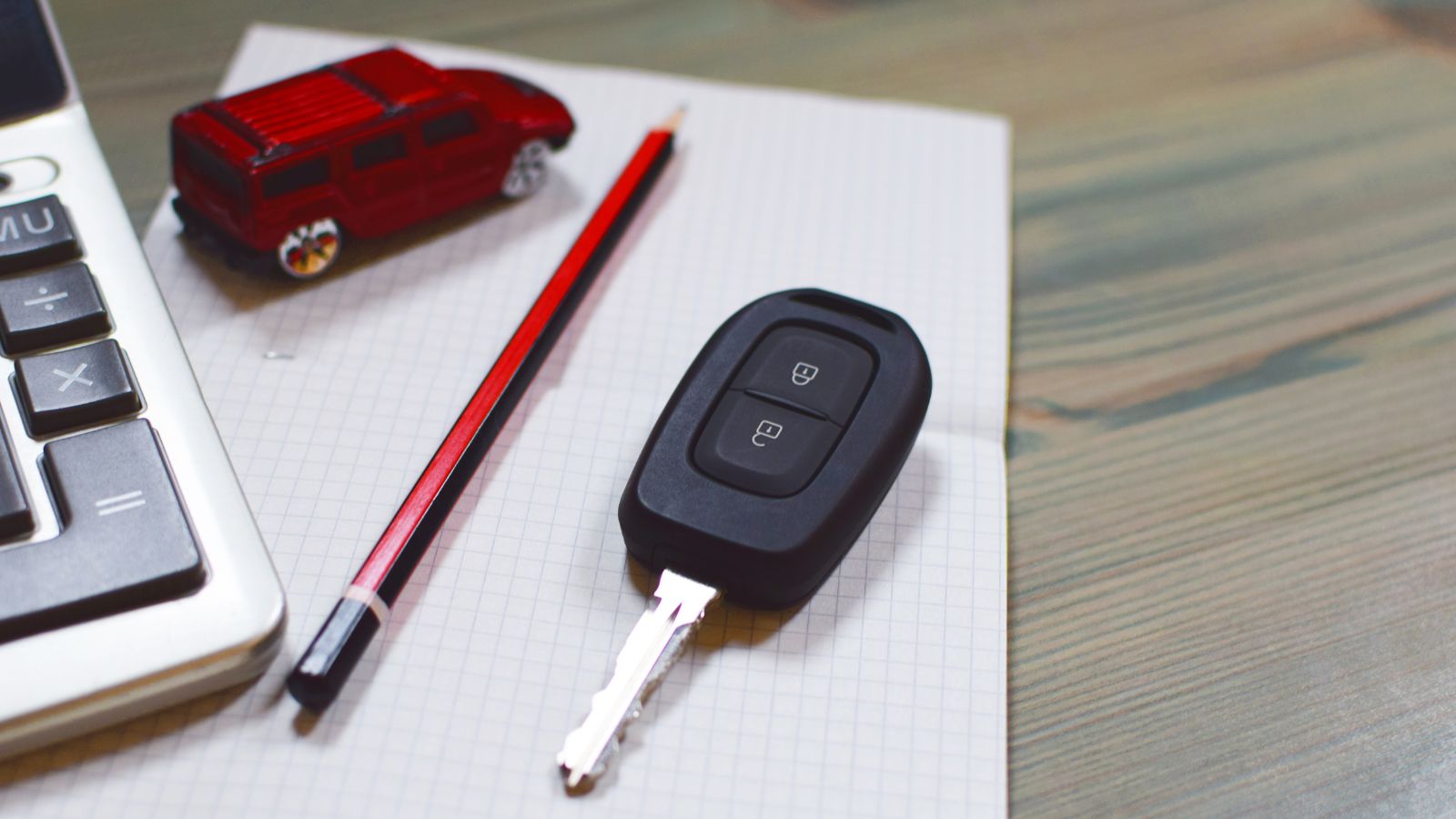
While some hybrids qualify for discounts, others can cost more to insure. That is because replacement parts are often more expensive, and repairs require specialized knowledge. The value of the battery system is also factored into insurance calculations. Always get a quote before you buy. It can be a nasty surprise when your fuel savings are swallowed up by an unexpected jump in premiums.
Resale Value Is Hit or Miss
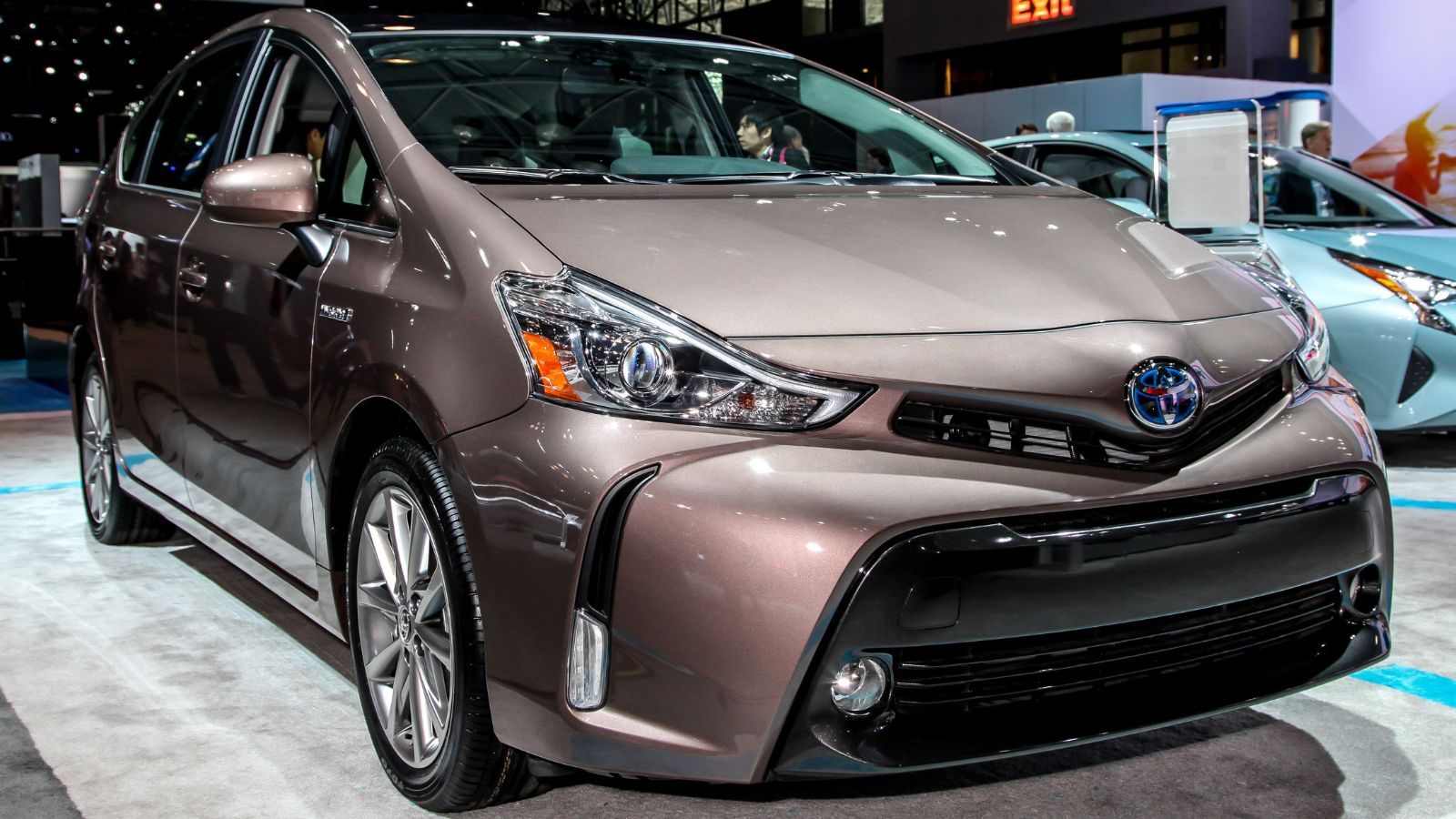
Some hybrids, like the Toyota Prius or RAV4 Hybrid, have proven themselves and hold value well. Others drop quickly in price once out of warranty. The complexity of hybrid systems makes buyers cautious, and battery fears still play a role in depreciation. If you plan to keep your car long term, this may not matter. But if you are thinking of selling or trading it in after a few years, be sure to research resale trends ahead of time.
25 Facts About Car Loans That Most Drivers Don’t Realize

Car loans are one of the most common ways people fund car purchases. Like any other kind of loan, car loans can have certain features that can be regarded as an advantage or a disadvantage to the borrower. Understanding all essential facts about car loans and how they work to ensure that you get the best deal for your financial situation is essential. Here are 25 shocking facts about car loans that most drivers don’t realize:
25 Facts About Car Loans That Most Drivers Don’t Realize
